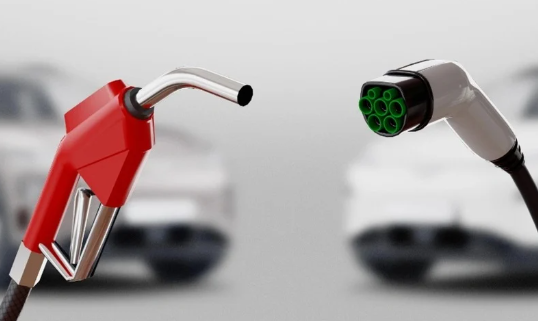New EU regulations on CO2 emissions will make plug-in hybrids significantly more expensive by 2025, pushing consumers to buy now before the price hike
New EU regulations on CO2 emissions will make plug-in hybrids significantly more expensive by 2025, pushing consumers to buy now before the price hike.
Introduction: Amid tightening CO2 emission regulations, the European automotive market is bracing for a significant shift. As the European Union prepares to implement stricter CO2 emissions tests, the cost of plug-in hybrid electric vehicles (PHEVs) is set to rise considerably by 2025. This change is prompting new car dealers to encourage consumers to purchase PHEVs now before the regulations take effect and prices soar.
Surge in PHEV Sales Before Regulation Changes
Dealers Urge Early Purchases
In response to the impending regulations, new car dealers across the European Union are actively motivating consumers to purchase plug-in hybrids this year. The anticipated price increase in 2025 is driving a sense of urgency among buyers. Dealers are highlighting the current financial advantages of purchasing PHEVs, which will diminish once the new rules are enforced.
Decline in Electric Vehicle Interest
Sales data from Europe indicate a waning interest in fully electric cars, with many consumers turning to hybrids as a more attractive alternative. However, not all hybrid models are viewed favorably. The push for zero-emission vehicles initially led manufacturers to aggressively promote hybrids to lower their average CO2 emissions and avoid hefty fines. Yet, as battery vehicle sales falter, this strategy is proving less effective.

Impact of New CO2 Emissions Standards
EU’s Stricter Testing Measures
The European Union’s upcoming regulations will enforce stricter CO2 emissions tests, eliminating government incentives for PHEVs that fail to meet new standards. This change stems from the EU’s recent analysis of fuel and electricity consumption in PHEVs. Manufacturers were required to install measuring devices to provide accurate data, revealing significant discrepancies between reported and actual emissions.
Revised Testing Protocols
Under the new Euro 6e emissions standard, PHEVs will undergo dual testing—once with a fully charged battery and once with a depleted battery. This approach aims to provide a comprehensive assessment of emissions under typical usage conditions. The revised testing protocols are expected to reveal higher emissions, potentially resulting in penalties for PHEV models that do not meet the stricter criteria.
Consequences for Manufacturers and Consumers
Manufacturer Adjustments
To comply with the new regulations, manufacturers will need to find innovative ways to reduce emissions. Potential solutions include adapting engines to lower power outputs, integrating reduction gears, or significantly increasing the electric range of PHEVs. However, these changes pose considerable challenges and may not be feasible for all manufacturers.
Price Increases on the Horizon
As manufacturers grapple with these adjustments, the cost of producing PHEVs is expected to rise, inevitably leading to higher prices for consumers. The combination of enhanced technology and stricter compliance measures will drive up production costs, which will be passed on to end users.
Strategic Moves in the Automotive Market
Consumer Behavior Shifts
The impending price hikes are likely to influence consumer behavior, with many opting to purchase PHEVs now to take advantage of current prices and incentives. Dealers are capitalizing on this trend, offering promotions and highlighting the long-term cost benefits of buying before the new regulations come into force.
Long-Term Market Implications
In the long run, the new regulations may accelerate the development of more efficient and environmentally friendly vehicles. While the transition may be challenging, it represents a critical step towards reducing the automotive industry’s carbon footprint and achieving EU climate goals.
Conclusion:
The introduction of stringent CO2 emissions regulations in the European Union marks a pivotal moment for the automotive industry. As PHEVs become more expensive, both manufacturers and consumers must navigate this new landscape. For now, the focus is on seizing current opportunities before the regulatory changes take effect, while preparing for a future where sustainability and innovation drive the market forward.

COMMENTS